Review: Pantech Flex for AT&T
Oct 1, 2012, 6:32 PM by Eric M. Zeman
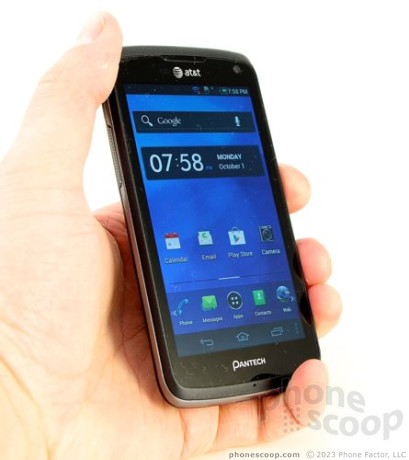
The Pantech Flex is one of the slimmest, most attractive smartphones ever offered by Pantech. Appearances, however, can be deceiving. Phone Scoop's full report gives you the skinny on this thin cell phone.
Is It Your Type?
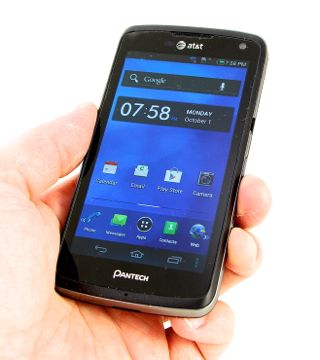
Is It Your Type?
The Pantech Flex is a slender Android smartphone that offers a lot of bang for the $50 retail price. It's one of the more attractive offerings to hit the market from Pantech of late, and doesn't skimp on features, either. Features are one thing, but performance is entirely different story.
Body
The Pantech Flex caught me by surprise. When I pulled it out of its box, I expected to find another chunky, ho-hum phone. It's rare, you understand, that the hardware of a $50 smartphone impresses me, but the Flex definitely left an impression.
The design is good. Sure, the front surface may be a bit plain looking with its black-on-black appearance, but the edges and back surface change things up. There's a gray, metallic band that encircles the outer edge of the Flex. What I really like is the back surface. It's a two-tone job with an odd mix of geometrical shapes embedded in the plastic. It has a science fiction-y look to it that I find appealing.
At 7.9mm, the Flex is extraordinarily thin. Few devices measure thinner than 9mm, let alone 8mm. The slender profile of the Flex goes a long way to improving the experience of the device. It's comfortable to hold and use. I particularly like the grippy texture that's found on portions of the battery cover. It helps the Flex stay in your hand and yet it will still easily slip into a pocket.
In terms of the build quality, it is about the best I've seen from Pantech. The Flex feels as solid as a rock. The body is rigid and strong, and has no flex in the body (pun intended). The seams are all tight, and there's nothing about the Flex that feels cheap or poorly made.
The front is mostly display. There are no buttons at all, thanks to the Android 4.0 system software. All you get is screen and the earpiece slit. The bezel isn't too, too big.
The volume toggle is on the left edge. Its crosshatch-patterned plastic makes it stand out and easy to find. It offers good travel and feedback. The same goes for the lock button on the right edge of the Flex. It's smaller than the volume toggle, but has the same texture and is located dead center on the side. The microUSB port is also on the right edge, and the headphone jack is on the top. There's no camera button.
The battery cover is somewhat difficult to peel off. It's clipped on tightly. Once removed, you'll find that you need to pull the battery to access the microSIM card and the microSD card. That's unfortunate, but not all that unexpected. But hey, at least you can remove the battery, right?
Performance
Screen
The Flex has a 4.3-inch Super AMOLED qHD display. That means 960 x 540 pixels. It's perhaps one of the best displays offered by Pantech, though the PenTile pixel arrangement might bother some people. It's sharp, but you can still see pixels. The colors look particularly good, though, and the viewing angle is extremely wide. I found it to be just barely usable outside. I had to set the brightness up all the way in order to take photos under bright sunshine.
Signal
Tested around the metro NYC area, the Flex performed well. It regularly showed three or four bars of coverage and only dropped down to one bar under the worst network conditions. The Flex's signal indicator mirrored that of other AT&T devices used in the same spot. The Flex never lost hold of AT&T's network during my tests. I was able to connect all voice calls on the first dial, though the Flex dropped one call while I was using it (albeit traveling in a car). Data speeds were good for the most part, though not as breakneck fast as I've seen on other AT&T LTE devices.
Sound
The Flex is an OK voice phone, though definitely not the best I've tested. The majority of calls were clear of noise and static, but I heard a robotic echo from time to time that was unappealing. At maximum volume, the Flex is more than capable at making sure you hear the conversation. It's loud enough for use in crowded coffee shops and bustling food courts. The speakerphone produces plenty of volume, too, though the echo problem became more prominent. The ringers and alerts are exceptionally loud, but the vibrate alert was a bit weak.
Battery
The Flex's battery will last most of a single day, but not much more than that. It was gasping for breath several days in a row at 9PM when it dropped below 20%. I didn't use the Flex *that* heavily. In fact, I'd say I took it easy on the Flex, which is why I was surprised the battery was giving out before I went to bed. Using the Flex under LTE coverage has a noticeable impact on battery life. You might not make it past dinner time. Charge every night, and pay attention during the day.
Basics
Menus/Customize
The Flex runs Android 4.0 Ice Cream Sandwich. As with the Pantech Marauder - released on Verizon's network earlier this year - the Flex offers two different user interfaces. The first is a near-to-stock Ice Cream Sandwich build; the second is the "Pantech Easy Experience."
The regular mode includes five home screens and a typical allotment of widgets and apps. One of the cool features is an expandable dock of icons at the bottom of the screen that slides to the left or right just like the home screens do.
The regular mode also has the killer Pantech lockscreen shortcut tool. There's a large ring in the center of the lock screen and it is surrounded by six apps. Drag the app you want into the circle and you go directly there. Out of the box, those apps include messaging and camera. They can be customized if you wish.
The main app menu can be arranged in a ton of different ways, including alpha grid, custom grid, and list. Individual apps within the app menu can be hidden from view, and some can be deleted.
As for the easy mode, it really tones down the clutter. It makes all the icons larger and easier to read, reduces the number of home screens down to three, and uses alphabetical lists for the settings and app menus. One bummer is that it drops the handy lock screen shortcuts, and disables the use of widgets entirely. It also hides the bulk of the apps installed on the device, leaving only the main communications tools available.
It will probably be easier for first-time smartphone users to begin with the easy mode enabled, but it really cuts down on some of Android's best features (widgets, and so on.) There's no difference in the way either performs. The fast processor under the hood gives the Flex's noticeable muscle to speed along. I did notice a lot of app crashing, though. The camera app and media apps were those most apt to randomly close or freeze. It was frustrating, as I definitely lost some images thanks to the camera crashing.
Having two operating modes makes the Flex more customizable than most devices, as each mode can be adjusted in its own accord. Pantech did a good job by allowing more customization of the main app menu, too.
Calls/Contacts
Aside from the lock screen shortcut that takes you directly to the call log, there's little setting the Flex apart from other Android handsets when it comes to the phone app.
The contacts application, too, is that of stock Android. The one thing setting it apart is a really useful home screen widget. The widget lets you create a miniature contact list that is accessible from the home page. It holds at least ten people, and includes their thumbnail photo.
Messaging
The Flex covers all of the messaging basics. It runs the stock messaging (SMS), email, Gmail, Google+, Google+ Messenger, Latitude, and Google Talk apps. All of them work well, though they don't present any new features.
There's an AT&T Messaging app that ties in several instant messaging networks, including AIM, Windows Live, and Yahoo (does anyone still use these?). The Flex also includes a catch-all social networking app that covers Twitter, Facebook, and LinkedIn (yup, no more MySpace). The app lets you manage messages for all three networks from the same user interface. It's OK, but I prefer the native tools available from each of the respective social networks. Speaking of which, the Flex comes with both the full Facebook and Twitter apps, as well as some handy widgets for both.
Extras
Music/Video
The Flex doesn't stray too far from the stock Android 4.0 music and video tools. The Google Play Store is, of course, available for purchasing and renting music, movies, TV shows, books, and magazines. The Flex also has a simple music player and simple video player app available, in addition to the stock YouTube app. AT&T Radio is on board, and so is AT&T's Live TV service. Both are streamed over the network.
I didn't have any problems using these apps and services. They all worked as intended. I thought music sounded OK when routed through my favorite earbuds, but not fantastic. It was a bit flat. Video looked good on the Flex's qHD screen, though.
Pantech doesn't have its own content store.
Camera
Even with the lockscreen shortcut, the Flex's camera is a wee bit too slow to open up. In fact, much of the camera software is too slow.
The controls are laid out plainly enough. Perhaps my favorite control feature is a little button that lets you toggle the HDR shooting mode on and off without having to dive into the deeper menu settings. Turning on HDR also automatically turns off the flash. Smart. The settings let users adjust most facets of the camera's behaviors (scenes, exposure, effects, image quality) without too much fuss.
I noticed the Flex had trouble with the autofocus. Focusing took a long time, and often it didn't lock down on the right subject. If you use the touch-to-focus feature, it is quicker to lock focus and more accurate. There is a Burst mode that speeds up the focusing process, but it's really only meant for capturing fast-moving action, such as the kids playing soccer.
Photos
You can probably guess what I'm going to say here. Half the images are completely out of focus. If you fire off shots willy-nilly and don't pay attention, you're going to be disappointed with the results. If your subject isn't moving, be sure to take the time to use the touch-to-focus feature.
Beyond the focus problems, exposure was uneven. I saw both bright and dark areas become overblown or lose details. On the plus side, color looked good and white balance was mostly accurate.
Unfortunately, the Flex's 8-megapixel shooter delivers inconsistent results.
Video
Video results were actually a bit better. Focus was the one aspect most improved, but exposure was more even as well. Color and white balance remained good. The audio clarity was a little iffy from time to time, but it was more good than bad.
Gallery
The Flex uses the stock Android 4.0 Ice Cream Sandwich gallery application. The app syncs easily with your online accounts for sharing and offers a decent selection of tools for modifying images after the fact. Photos can be cropped and rotated, red eye can be fixed, and a number of effects (sepia, B&W, etc.) can be applied for fun. You can also straighten images, flip them, sharpen them, and reduce bright spots that might appear on peoples' faces if you hit them with the flash. You can't go so far as to correct white balance or exposure, though.
Apps
There are 44 apps preinstalled on the Flex, eight of which belong to AT&T. One of the standouts is Key Ring. Think Passbook for Android, but only for coupons and loyalty cards. It lets Flex owners store supermarket and other cards and take advantage of coupons directly from their device. There's also an app I'd expect to see on a Jitterbug phone, but not necessarily this one: Pill Reminder. As the name implies, this application is an alarm-clock-come-reminder tool that does pretty much what the name implies.
Bluetooth
The Bluetooth radio on the Flex can be used for the usual tasks: phone calls and music, as well as file exchange. Calls sent through my car's hands-free system were crummy at best, but music sounded decent when sent to stereo Bluetooth headphones.
Browser
The Flex includes the stock Android browser, but it has been given an interesting new feature. It has a little pop-up bar that runs along the bottom of the screen. It's mostly for social networking. There are five icons that let you easily share whatever is on the screen to Facebook, Twitter, and just about any other social network or destination you might like. The pop-up toolbar also includes links to Yahoo-populated Sports, News and Entertainment web sites. It's not the most amazing browser tool ever conceived, but it is something. The rest of the browser performs as you'd expect from a stock Android device. As I've said many times, do yourself a favor and download Chrome for Android instead.
Clock
The Flex has its own version of the Android lock screen clock. The time is displayed in white digits in the center of the lock screen circle. Since the lock screen is a bit busy with icons, it can sometimes be hard to discern the time in a quick glance.
GPS
The Flex ships with AT&T Navigator and Google Maps/Latitude on board. They behave the same on the Flex as they do on other devices, and I didn't run into any trouble using them. The GPS radio of the Flex itself was a bit slow. It often took longer than 30 seconds to locate me. Accuracy was within about 40 to 50 feet, which is not as close as I'd like it.
Wrap-Up
Unfortunately, the Pantech Flex is a bit hit-or-miss. It's some of the best hardware I've seen from Pantech, and I really like the usability of the phone itself. It appears, however, that slimming all the components down to fit inside the attractive 7.9mm body had an effect on the device's performance across the board.
Signal, voice, and data performance were all middle-of-the-road, but battery performance was a hair weak for this class of device. The performance of the user interface was quick, but crashy. The communications tools offered no surprises.
The music and video-consumption powers are just fine, but the camera rates poorly. The dual-mode user interface is a neat idea, but I'm not sure how many people will bother with the stripped-down version of Ice Cream Sandwich. Too many of the best features are missing.
Even for $50, it's hard to recommend the Pantech Flex. There are at least 10 devices in the $50 price range at AT&T that offer better performance than — if not the svelte good looks of — the Flex.

Comments
Really? Tell me which one of the 10 devices is better.
"There are at least 10 devices in the $50 price range at AT&T that offer better performance than -- if not the svelte good looks of -- the Flex."
Really?...tell me which phone in this price range is running ICS with a dual core 1.5 ghz S4 chip and 1GB ram with an 8 mp back cam and 2 mp front cam? Did you bother to run any real performance tests? Nope, you didn't...hint, other sites that did, ranked its performance as comparable to the Samsung Galaxy III and the HTC One (which not surprisingly run the same chipset). So which ones have performance "better than" that are close to $50 on contract? Lets not talk refurbished prices here. Actually, we should be looking at off contrac...
(continues)
But the problem with sales floor is that most phones seem attractive in the store particularly when you are comparing price points a few hours in the store or even the 14 day trial is not en...
(continues)
Eric Summed It Up Perfectly
"Even for $50, it's hard to recommend the Pantech Flex. There are at least 10 devices in the $50 price range at AT&T that offer better performance than -- if not the svelte good looks of -- the Flex"
Did there really need to anything else said? You could Copy and Paste this review for the next Kyrocera smartphone as well.


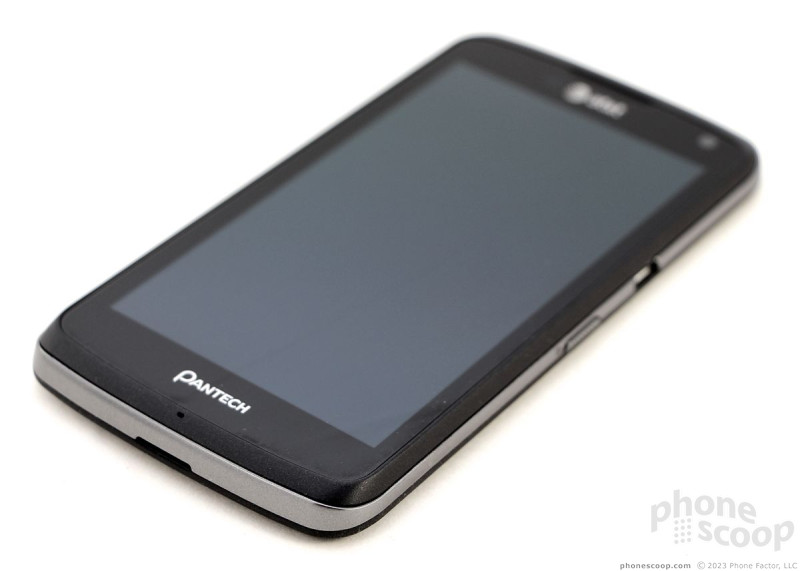















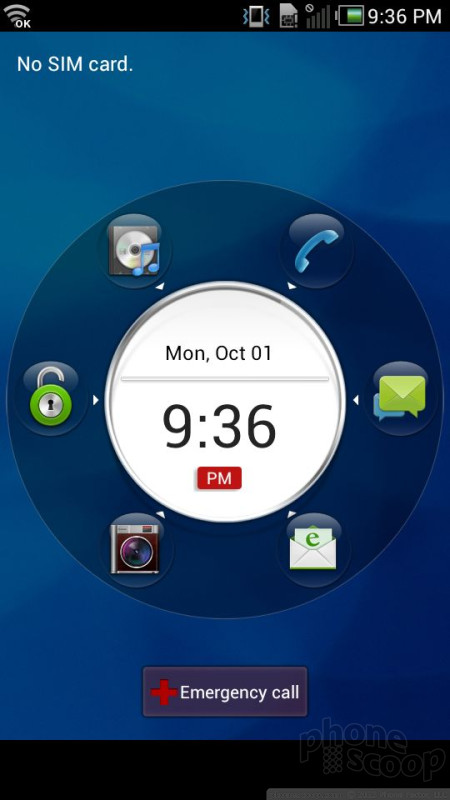







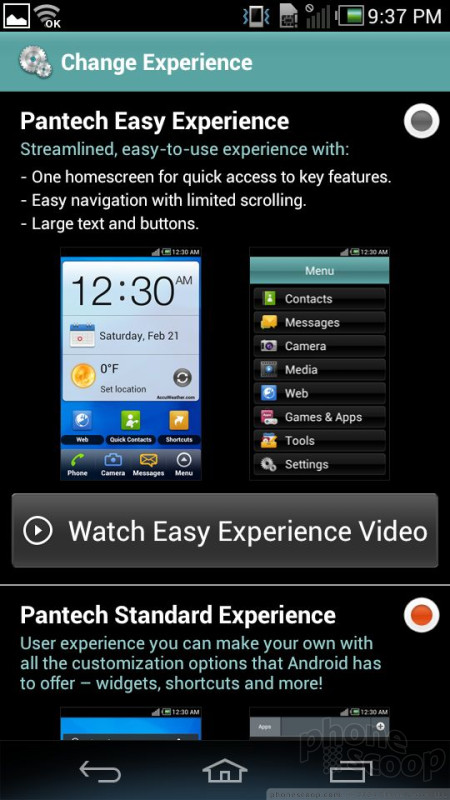




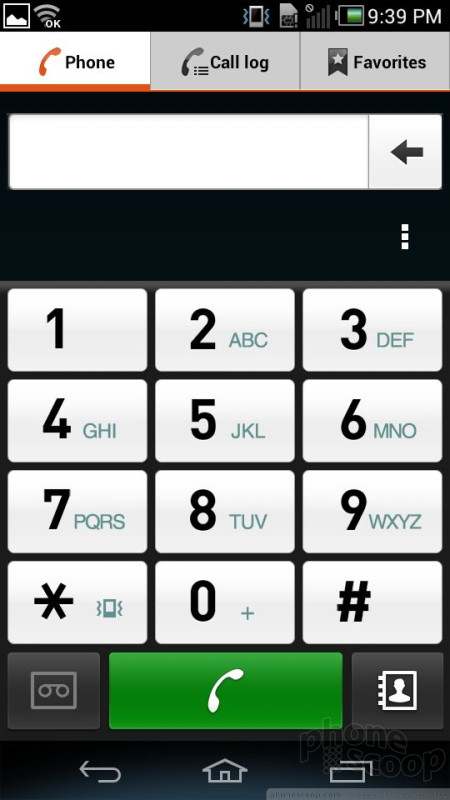




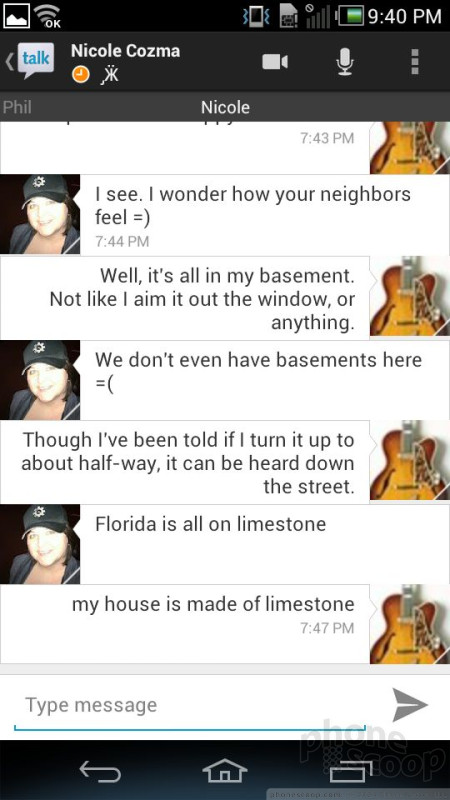







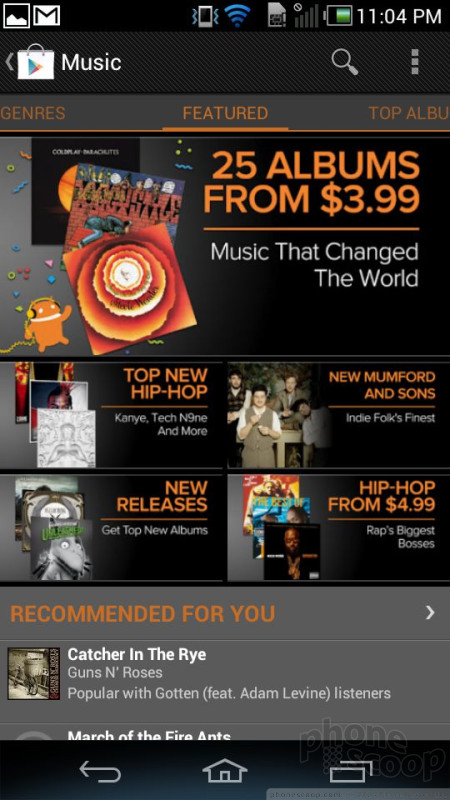





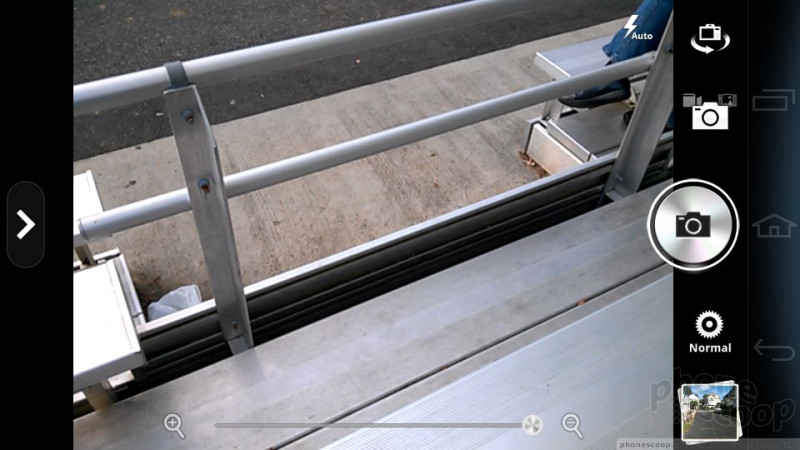





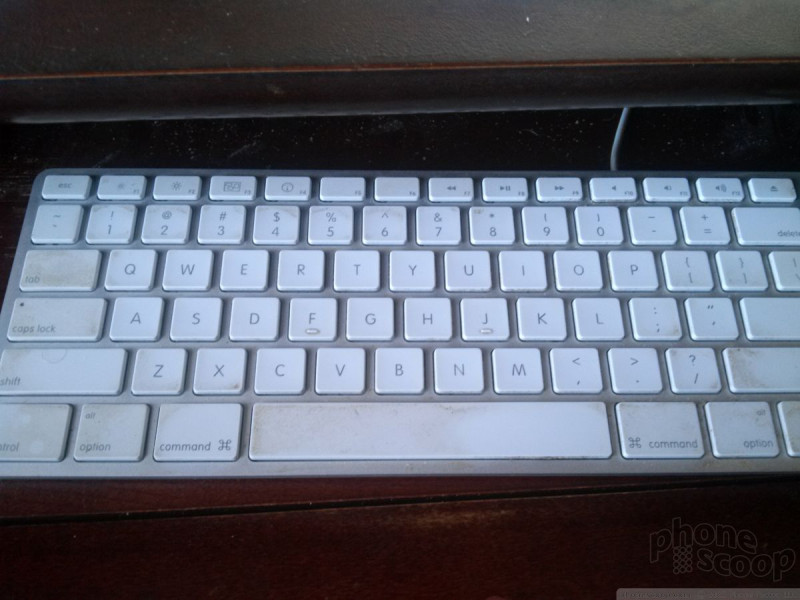












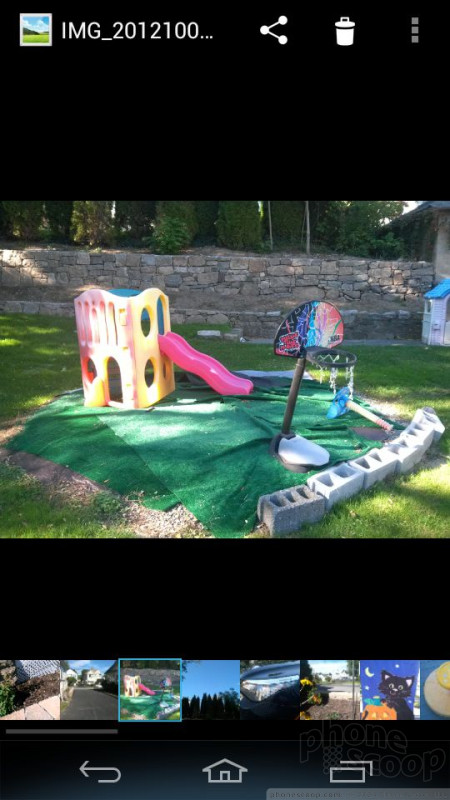












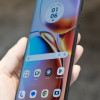 Hands On with the Motorola edge+ (2023)
Hands On with the Motorola edge+ (2023)
 Hands On with the 2025 Moto razr Lineup
Hands On with the 2025 Moto razr Lineup
 Hands On with the New Moto Edge
Hands On with the New Moto Edge
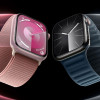 Apple Watch Series 9 Detects Finger Gestures, Brings Siri On-Device
Apple Watch Series 9 Detects Finger Gestures, Brings Siri On-Device
 Pantech Flex
Pantech Flex



